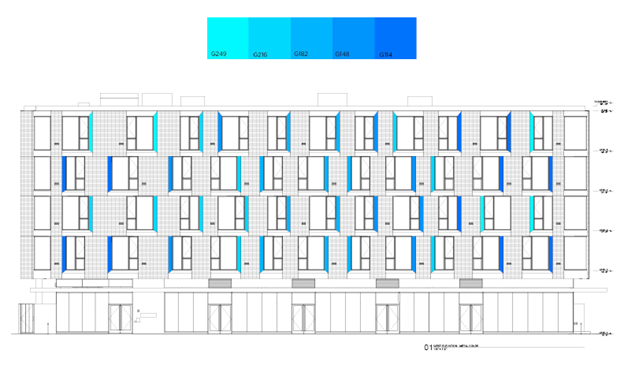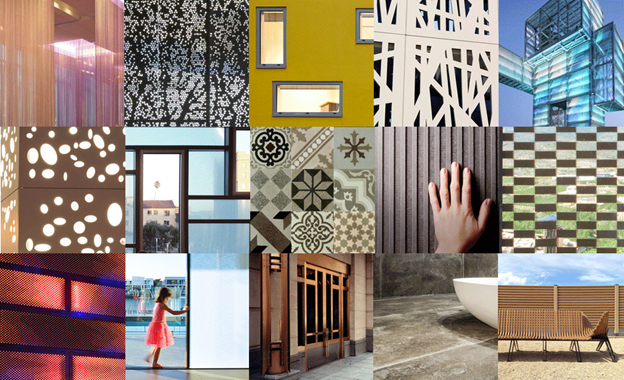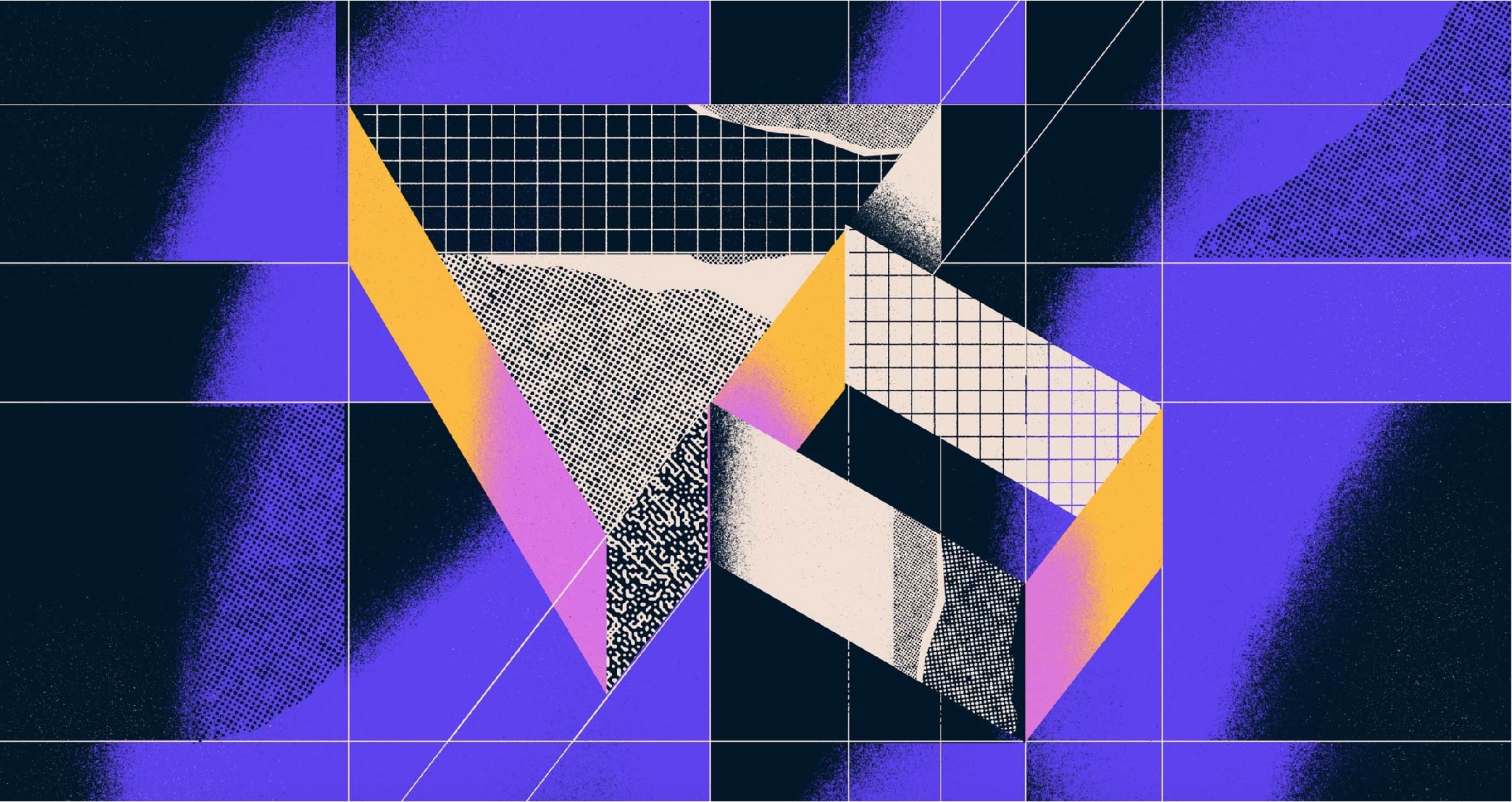Contents
Design Development is a crucial part of the early design process in architecture. In this guide, you’ll learn what it is, and why it’s so important for architectural firms. You’ll also learn tips on how to effectively and efficiently move through this process with the help of Monograph’s Project Planner.
If you want to learn more about other architecture design phases, check out our full Guide to Architecture Design Phases.
Table of Content
1. What is Design Development?
2. 6 Elements of Design Development
3. 5 Important Things to Keep in Mind in the DD Phase
4. How to Use Monograph to Plan for Your Design Development Phase
What is Design Development?
The design development phase is an interim check between the schematic design and construction documentation phases. The name appropriately describes this stage of design: it develops – from the schematic concept into a more refined and articulated architectural idea.
This is where we develop the design in detail by diving deep into finishes and materiality and system integration.
Why is the Design Development phase so Important?
The design development phase is a critical part of the architectural design process - it saves time and money in the later phases of design and construction.
Design Development can serve as a basis for cost prediction in bidding, essentially providing the basis for an estimate for construction. These documents may also be used as part of the approvals process for early building permits.
What is Included in Design Development Documents?
Design Development documents typically includes a standard architectural drawing set: site plan, floor plans, sections, elevations, and details.
This drawing set also includes structural drawings, MEP (mechanical, electrical, and plumbing) drawings, civil engineering drawings, and landscape architecture drawings. Other consultants such as acoustics, fire protection, and envelope may provide drawings and documents as well.
A draft project manual should accompany the design development drawing set. This project manual should include at minimum the outline specifications for the project. An expanded outline, or full draft of the full specifications set is even better. The more developed documentation provided at this phase of design, the more successful later phases tend to be.
6 Elements of Design Development:
During design development, we will use all 6 of these elements not only as deliverables but as tools to explore our building design. Usually, clients will also use these deliverables to get preliminary pricing on the project.
1 - Plans
Floor plans and reflected ceiling plans of all levels should be more or less complete for this deliverable. The plans should be graphically complete except for minor coordination: rooms should be labeled and numbered, doors should be tagged, and detailing initiated.

Enlarged plans should be provided for unique programmatic areas in the project such as lobbies, restrooms, auditoriums, typical residential units, classrooms etc.

2 - Sections
The design development set should contain a series of section drawings, including building sections, wall sections, and detail sections. These should be drawn and detailed appropriate to scale.

The sections and section details should depict clearances, infrastructure, adjacent context, and other references that are helpful to understand the design and programmatic intent.

3 - Elevations
All building elevations should be included in the design development set. Enlarged building elevations for unique façade conditions should be included with dimensions and material designations at typical conditions. The elevations should include the location of all openings including doors and windows, both fixed and operable.

4 - Materials
While the finish schedule does not need to be complete, there should be an understanding of the basic materials for all elements of the architecture, including structure, envelope, and interior. Materials should be annotated in the drawings, and coordinated graphically among drawings. The draft finish schedule should be included, indicating the floor, wall, and ceiling finishes.

There are always new articles coming out in the building industry. Check out this article on some of the new and innovative architectural materials available, from ArchDaily.

5 - Coordination
Coordination between disciplines should be well underway during design development. There will need to be a great deal of coordination between structure, landscape, MEP, and architect in order to deliver a full design development drawing set. Each discipline will need to provide a drawing set to the architect including plans, sections, diagrams, details, and reference sheets.
6 - Specifications
While a complete project manual of full specification sections isn’t necessary for this phase of the design process, there should at minimum be an outline specification document. Even better, a more developed draft of full-length sections for structure and envelope (Divisions 3 through 8). Developed specifications at this phase of the design process help ensure the success of construction documents, bidding, and construction administration in the future.

5 Important Things to Keep in Mind in the DD Phase
In every phase of the project, there are specific things that we need to keep in mind. The design development phase focuses heavily on the coordination and developing details and materiality for the project.
1 - Coordinate with Your Client and Firm
Coordinating within your design firm and with your consultants will ensure a smooth design development process. Coordinate early and often! Develop a system both internally and externally for efficient and effective coordination among architects and other disciplines.
2 - Properly Delegate to Your Team
Don’t try to solve every problem and complete every drawing yourself. Delegate designs and work within your firm and to your consultants. Appropriately delegating the many actions necessary during design development will make the process more efficient and more manageable for the entire team.
3 - Focus on the Details
Make sure to detail your design ideas through drawing and specifications. This is your first opportunity to convey to the owner and/ or stakeholders a cohesive, developed design idea. Detail your idea in plan and section, at many scales.
4 - Embrace Revisions
Continue to coordinate both internally with your team and externally with your consultants and owners/ stakeholders throughout the design services. As you progress, changes are bound to happen. Don’t resist change – embrace it. But make sure to coordinate these changes with the entire design team so that all of the drawings and documents communicate the same intent.
5 - Double and Triple Check
Before delivering the final design development documents, double and triple-check. Check for consistency in dimensioning, annotations, tags, callouts, acronyms, and symbols. Develop a system of checks and balances, and share this system with consultants to ensure effective checking across the disciplines. Practicing this early and consistently will make the rest of the project design and construction process easier for you and your team.
How to Use Monograph to Plan for Your Design Development Phase
Monograph’s Project Planner helps you plan out a project’s schedule, budget, and resources with each architecture design phase for all team members ahead of time.
You can first start with a template project we have created in the Project Planner, or start with a budget or phase to suit your project needs. This tool helps you plan out your project fee even before you send out a proposal. Get started with Monograph today to learn more.

Properly managing your design phases is essential for any project. Monograph Project Planner lets you plan effectively from the very initial planning stage of your project. Check it out right here.

Additional Resources
AIA Best Practice Design Development Checklist
AIA Standard Forms for Architectural Contract Documents




